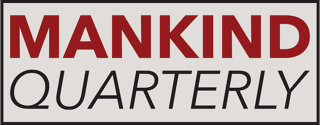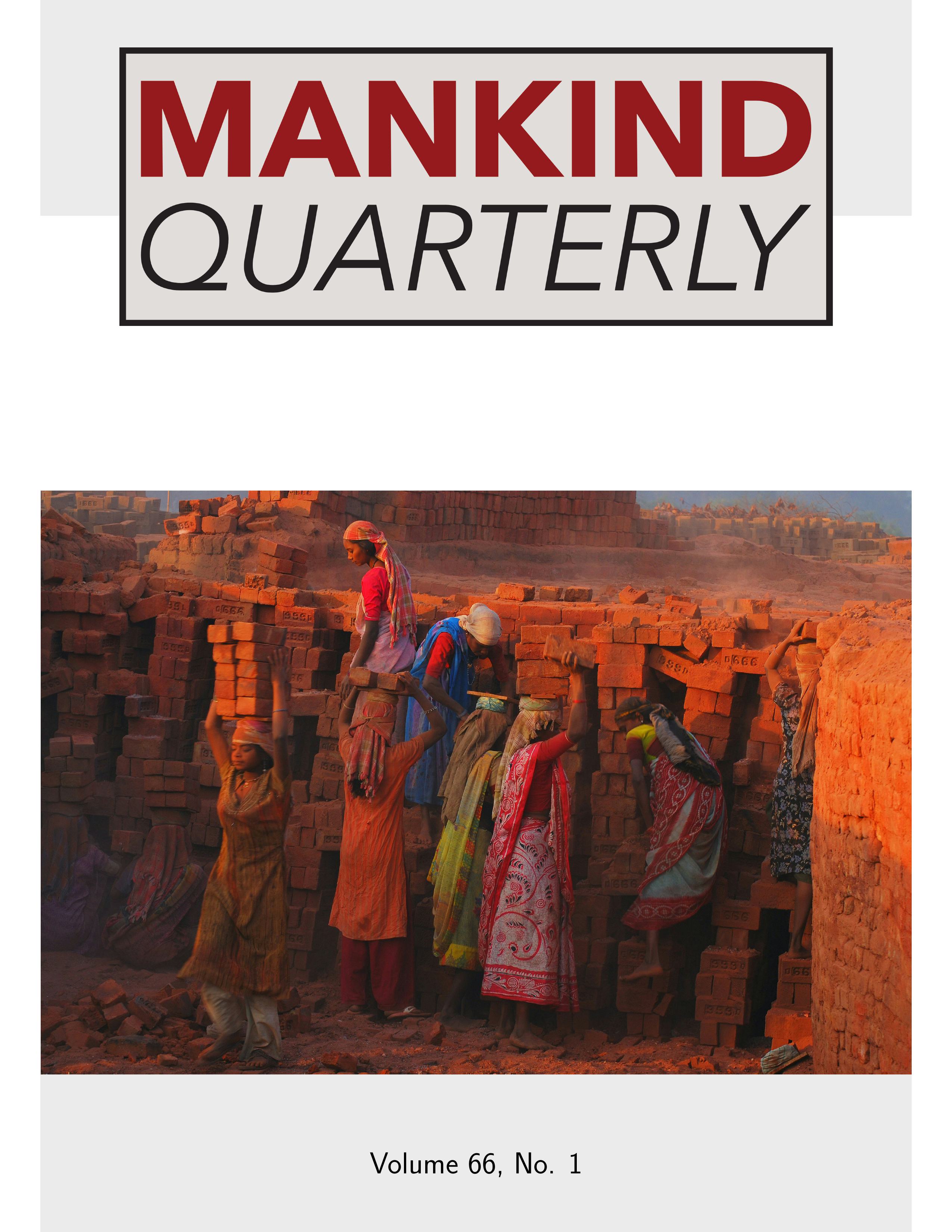Home > Archive > Volume 42, No. 4 > This paper
The Role of Rhythm and Mode in Emotional Responses to Hymn Tunes
Adrian G. Hughes and Michael J. Lowis
Published: 2002/06/01
Abstract
Music has been described as the language of feelings, and it is found in virtually every culture and historical period. It has also often been cited as a trigger for powerful emotional or numinous experiences, including those occurring in a religious setting. This study investigated the differential emotional-spiritual impact of hymns in major and minor modes, and triple and quadruple time, during regular Anglican church services. Significantly higher scores were obtained for hymns in triple time than in quadruple, but there was only a non-significant trend for the superiority of minor over major modes. There were no significant gender differences in scores. Specific aspects of music are difficult to partial out from the holistic composition. Rhythm has been cited as a particularly important element in excitement generation and tune recognition, but research reports are sparse. The fact that triple rhythm frees the listener from the regular beats associated with biorhythms may be a relevant factor in its emotional impact.

